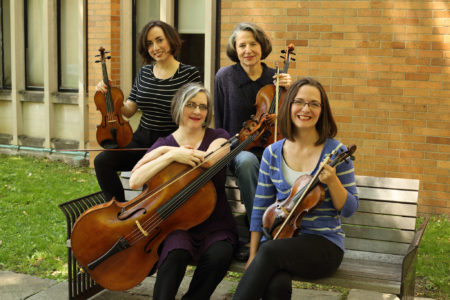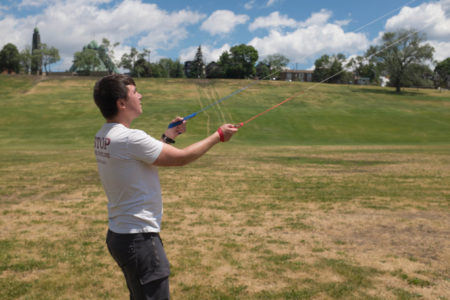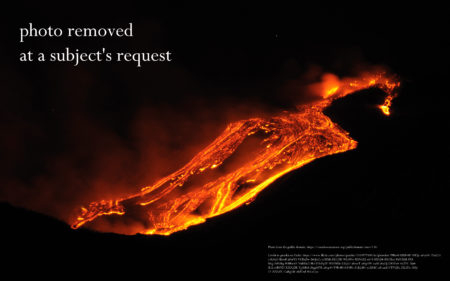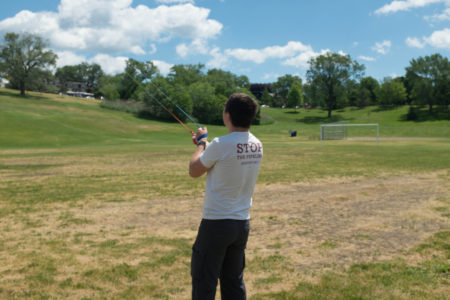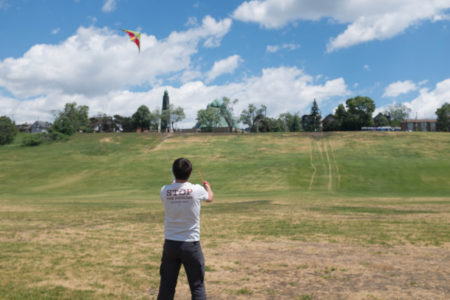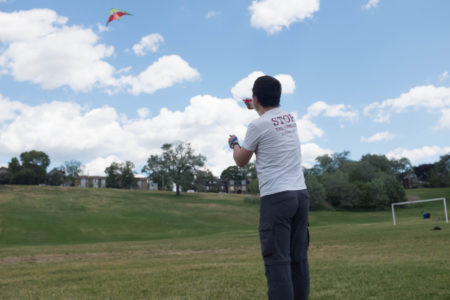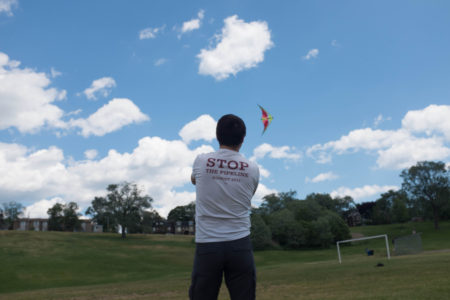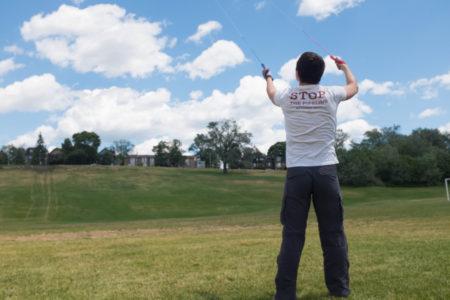Category: Toronto
Firefighters’ memorial
Toad Lane birthday BBQ
Anna Luengo retirement
On Friday, I had the good fortune to see a number of rarely-seen Massey friends at Anna Luengo’s retirement party.
Talisker Players
I did a really fun photoshoot today, with the Talisker Players.
Climate consultation with Catherine McKenna
I also got photos.
momofuku
Custom bookcase
In the Massey College room where I lived for three years (V:4, best room in the college), there was a sumptuous abundance of shelf space: two shelves extending the entire long axis of the room (probably 20′ of shelving each), plus this shelving unit between the office and bedroom areas.
Now, my generally excellent new third story room near Bloor and Bathurst is cluttered with at least 16 bankers boxes full of books, plus about 100 more books stacked in various piles. To ameliorate the situation, I am ordering a custom-fitted bookshelf from Inova in Toronto — 7’6″ tall, reaching from the floor to the edge of the ceiling moulding, and 5′ wide, stretching from a kink in a radiator pipe to the edge of the radiator itself. Since they are custom building it (in two pieces, to navigate our awkward staircase), it will be about a month until delivery, but it should be a major permanent improvement to the room for me and whoever resides here after.
The case probably won’t offer quite as much shelving as my Massey room, but it will be an enormous improvement visually, in terms of movement within the space, and in terms of access to books which I frequently wish to reference, especially as the development of my thesis continues.
Queen
Dancing with the sky
I find that my Prism Quantum two-line kite is too frustrating to fly in winds of less than 16 knots (kn). The ideal range is 16-25 kn, with the wind consistent in power and coming from a consistent direction. That’s a rare situation indeed in Toronto, where winds are almost never so strong and tend to be turbulent and inconsistent when they are. Because of that, I check Windfinder.com for the Toronto Island Airport to spot days which may be plausible for good kiting.
The forecast for today looked promising, so I went with my friend Nada to fly a bit in Riverside Park. It’s not as good a kiting location as Hanlan’s Point beach, but it’s a lot easier to reach and depart from and offers more options in the event of the summer downpours and thunderstorms that often accompany windy spring days.
All photos of me are by Nada Khalifa.
One of my favourite things about kiting is teaching it to less experienced flyers. Anyone who seems interested and heavy enough to safely use this particular kite in these particular wind conditions is encouraged to give it a try. All told with this kite — in a variety of locations around Toronto — I have helped at least 50 people take their first flight with a two-line kite, with inductees ranging from about ten years old to well over seventy. I make a special effort to encourage women of all ages to try it, since there seems to be some general set of social expectations that makes men and boys more willing to give it a try.
I feel like a few years of intermittent kiting (along with related reading, video tutorials, and inspiring acts of lunacy) have taught me a fair bit about aeronautics in an applied sense.
I tell my Massey friends that kiting is a bit like sailing for poor people. The Quantum has carbon fibre (or, apparently, “Pultruded Carbon“) spars and a sail made of material that would be suitable for a sailboat. Kite lines are highly specialized polymers. A kite lets you grab a little piece of the wind and feel how it’s moving across a fairly large area. As well as a meditative activity, it’s a cybernetic one: a complex interface between your body, a machine, and changing environmental conditions.
Early when I was reading about more advanced kites, I thought that more power and more lines (there are lots of four and five line kites) would probably produce a more sophisticated or interesting flying experience. Having seen people using large but much less maneuverable parasail-type kites for kiteboarding, I am quite happy with the flexibility and acrobatic potential of a two-line delta style kite like the Quantum.
Concepts from kiting — about airflow, turbulence, attitude, and so on — seem generalizable to craft of many kinds. Indeed, thinking about attitude in the specific sense of simulated spacecraft in Kerbal Space Program has helped me disentangle some of the complex elements involved in precisely maneuvering a flying airfoil through a turbulent mass of air. Direction vector relative to the wind is crucial, as is responding to abrupt changes in air flow.
I would love to get a small soft kite with no hard parts, small enough to pack into the cargo pocket of my trousers or the poacher’s pocket in my winter jacket. With a light one-line kite, it would be possible to do a bit of flying whenever I happen to find myself in a decent wind. The Prism EO Atom is an intriguing possibility of this sort, though it’s hard to gauge how compact it is. Unlike most single-line kites, it offers a bit of variety in how it flies because you can pull it downward and watch it tumble and recover in interesting ways.
My sense is that kiting has therapeutic value for my chronic shoulder injury. The traction is probably similar to what physiotherapy elastic bands are meant to produce, and it’s a whole lot more fun.
With very stable wind, kiting is an excellent solitary activity. I just start a set of lectures rolling on my iPod and keep going for as long as the wind supports me. This tends to work best during adverse weather — either days well below 0 ˚C or those interspersed with thunderstorms. In those conditions, good flying locations tend to be thinly populated. When the weather is fine, you are sometimes interrupted by (welcome) inquiries from people who want to give it a try, unwelcome complaints from the maddeningly large subset of the population who are reflexively anti-kite, and the thoughtless interference of people who aren’t paying attention to what is happening above and around them.
With variable wind, it’s highly useful to have a friend to help you re-position the kite for launch after a crash or a failure of the wind.
I love the paganism of kite flying: the immediate connection with natural forces vaster and more powerful than you, and efforts to work alongside them rather than seek to dominate them or escape from their power.




